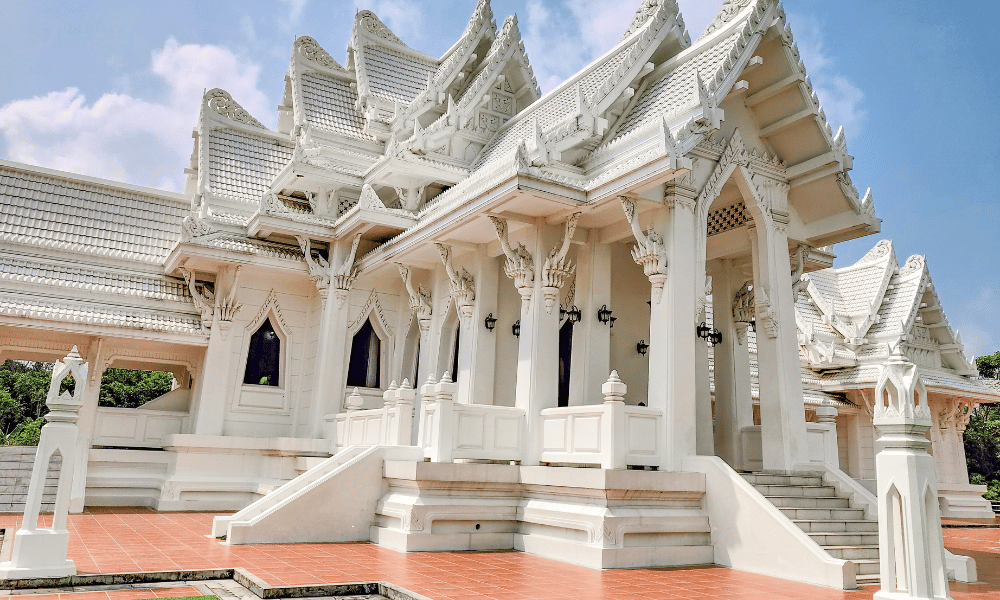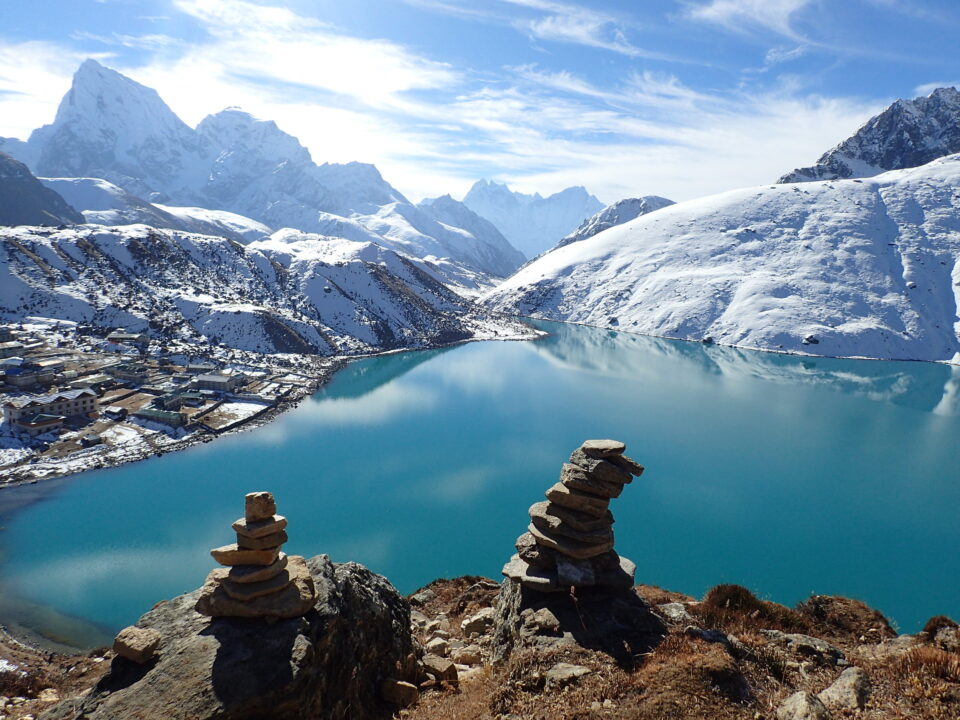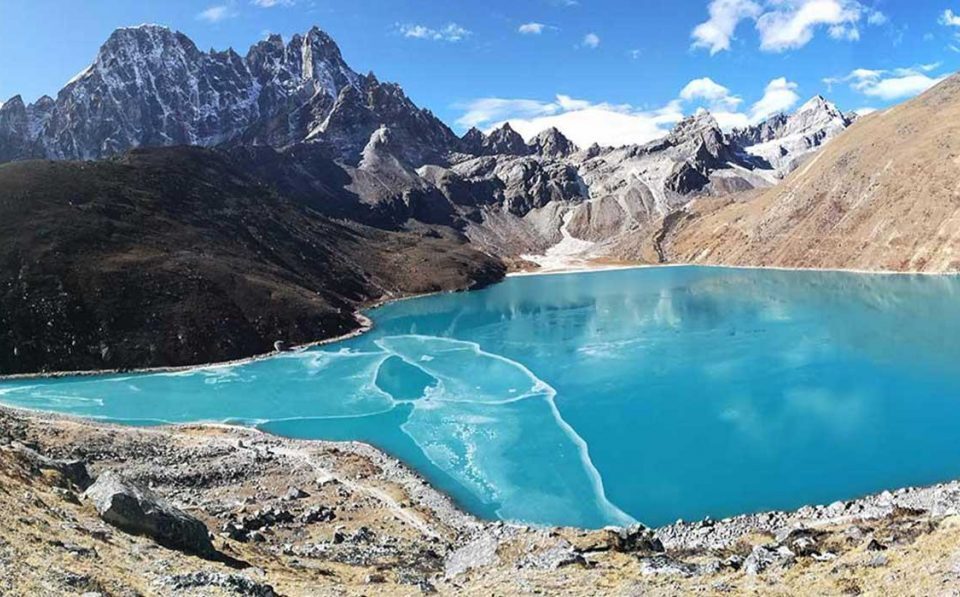Experience the Serenity: A Journey through Lumbini

Experience the Serenity: A Journey through Lumbini
Lumbini, as the birthplace of Buddha, is a potent symbol of peace, wisdom, and the contemplation of life and a significant place for millions around the globe who follow the teachings of Buddha.
Introduction
Welcoming thousands of visitors each year, Lumbini, located in the Kapilvastu district of Nepal, bespeaks of the profound spirituality and historical depth it was founded upon in the year 563 BC. It is not only a UNESCO World Heritage Site but also a key pillar in the ‘Buddhist Circuit’ tour encompassing Nepal and India.
The smell of incense will guide you through a journey marked by ancient monasteries, temples, and Buddhist monuments, creating an experience that echoes tranquility and enlightenment.

The Holy Site of Lumbini
The place where Queen Maya Devi gave birth to Siddhartha Gautama, who became Buddha, is known as Lumbini. As you walk through the Sacred Garden with its bustling pilgrimage, imagine the burden of worldly life lifted from your shoulders. Nestled in this garden, guarded by a stone relief, is the Mayadevi temple, a white structure standing amidst the tranquil glades.
The Ashokan pillar erected by Emperor Ashoka in 249 BC to commemorate his pilgrimage stands tall nearby the temple, etching the historical significance of Lumbini in its inscriptions. The Puskarini or Holy Pond, where Maya Devi took a ritualistic dip before giving birth and where Buddha had his first bath, is also located within the site.
Monastery Zone
Lining a canal leading to the sacred site known as the World Centre for Peace and Unity, the Monastery Zone is segregated into East and West monastic zones housing monasteries and shrines representative of different countries.
The East Monastery Zone, home to Theravada form of Buddhism, allows you to discover architectural marvels such as the classical Burmese Monastery, Cambodian Monastery with its ornate roofing, Sri Lankan Monastery with its spectacular murals, and Thai Royal Monastery built in the fashion of Bangkok’s Wat Phra Kaew.
Across the waters in the West Monastery Zone reside the monasteries of the Mahayana tradition of Buddhism. Don’t miss the towering Chinese Maitreya Temple with golden hi-tech prayer hall, Korean Monastery with harmonious fusion of Korean and Nepalese architectures, and Vietnamese Monastery resonating strong communal and cooperative values.

Lumbini Crane Sanctuary
In an attempt to keep the balance between spiritual and ecological elements intact, the Lumbini Crane Sanctuary was established adjacent to the Sacred Garden. Visit the sanctuary in winter, and let the sight of these rare birds amidst a beautiful, serene panorama enrich your experience even further.
Conclusion
Visiting Lumbini gives one the chance not just to explore landmarks rich with historical and religious significance but also an opportunity for deep introspection and a deeper understanding of peace and self. The serenity that engulfs you as you walk through the sacred gardens and grand structures introduces you to a world less chaotic and more focused on inner calm and understanding.
But Lumbini is not just for the spiritually inclined. For the enthusiastic traveller, it offers a deep dive into a culture and history that dates back centuries. It’s the epitome of a place where past meets present to create a beautiful and harmonious future.
Discovering the charms of Berlin a comprehensive guide to germany’s capital city




1 Comment
[…] Experience the Serenity: A Journey through Lumbini […]